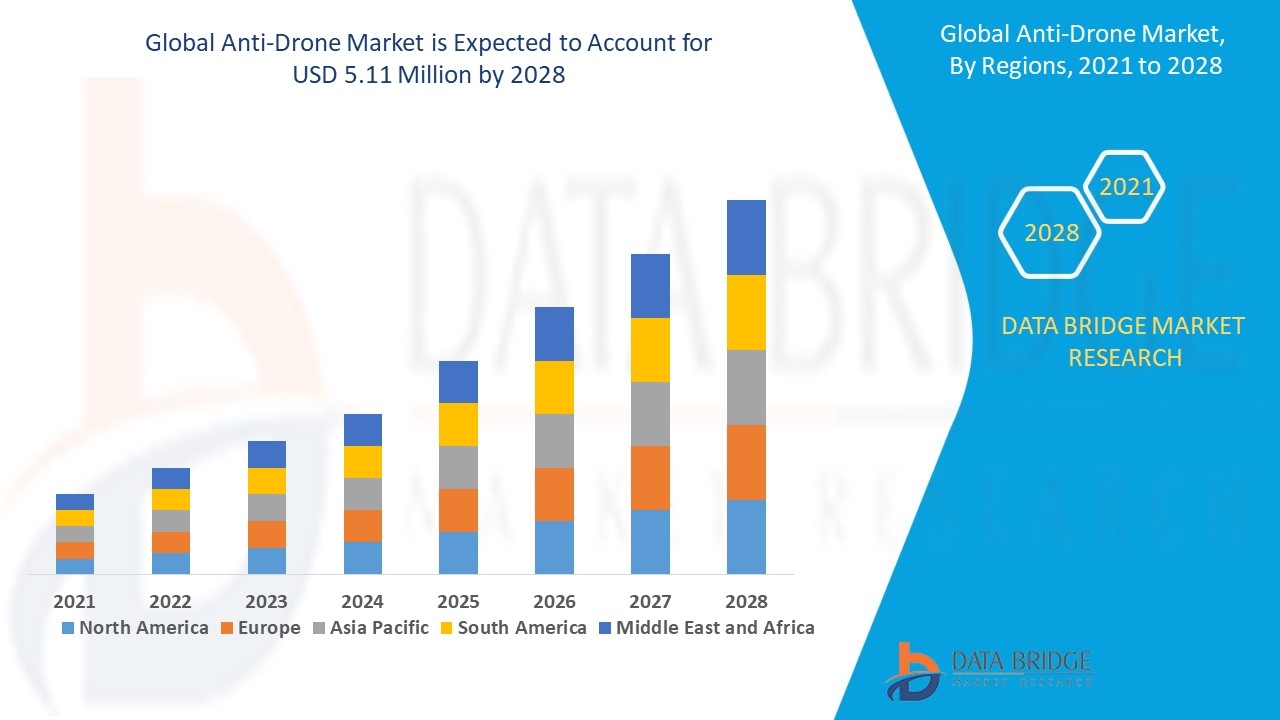The Monetization Maze: Maximizing Social Video Platform Revenue

The strategies for generating Social Video Platform revenue have evolved into a sophisticated, multi-pronged approach that extends far beyond traditional advertising. While targeted video ads remain the financial backbone of the industry, their implementation has become incredibly advanced. Platforms leverage powerful AI and vast datasets to deliver personalized ads that are seamlessly integrated into the user's content feed, maximizing relevance and minimizing disruption. Revenue is generated through various models, including cost-per-view (CPV), cost-per-click (CPC), and cost-per-mille (CPM), alongside premium formats like branded takeovers and sponsored hashtags that offer high-impact visibility for advertisers. This data-driven advertising engine is a highly efficient and scalable revenue generator, forming the largest piece of the financial pie for most major players in the market.
However, a significant and rapidly growing portion of revenue now comes from the creator economy and direct user payments. Platforms have recognized that empowering creators to monetize their content directly fosters a healthier and more sustainable ecosystem. This is achieved through a variety of features that facilitate financial transactions between creators and their followers. Live streaming, for example, often includes virtual gifting or tipping mechanisms, where viewers can purchase digital items to show their appreciation, with the platform taking a percentage of the transaction. Similarly, fan subscription models, like YouTube Channel Memberships or Patreon-style services, allow creators to offer exclusive content and perks to paying subscribers, generating a recurring revenue stream that benefits both the creator and the platform.
The integration of e-commerce, or "social commerce," has opened up another massive revenue channel. This model transforms the platforms from places of content discovery into points of purchase, effectively shortening the consumer journey. Revenue is generated in several ways: platforms can charge a commission on sales made through in-app shopping features, offer premium storefront tools for businesses, or run shoppable ad formats that link directly to product pages. Live stream shopping, in particular, has become a major phenomenon, blending entertainment with retail to drive impulse purchases. This convergence of content and commerce is a key growth area, as it provides immense value to businesses and a seamless experience for consumers, creating a powerful new revenue stream for the platforms.
Finally, a smaller but important revenue component comes from premium user-facing features and enterprise solutions. Some platforms offer subscription tiers for users who want an ad-free experience, higher-quality streaming, or access to exclusive content and features. On the enterprise side, platforms are developing sophisticated analytics and business intelligence tools that they sell to brands and marketing agencies. These tools provide deep insights into audience demographics, content performance, and market trends, helping businesses refine their strategies. By diversifying their revenue streams across advertising, creator monetization, social commerce, and premium services, social video platforms have built resilient and highly profitable business models poised for continued financial growth and innovation.




